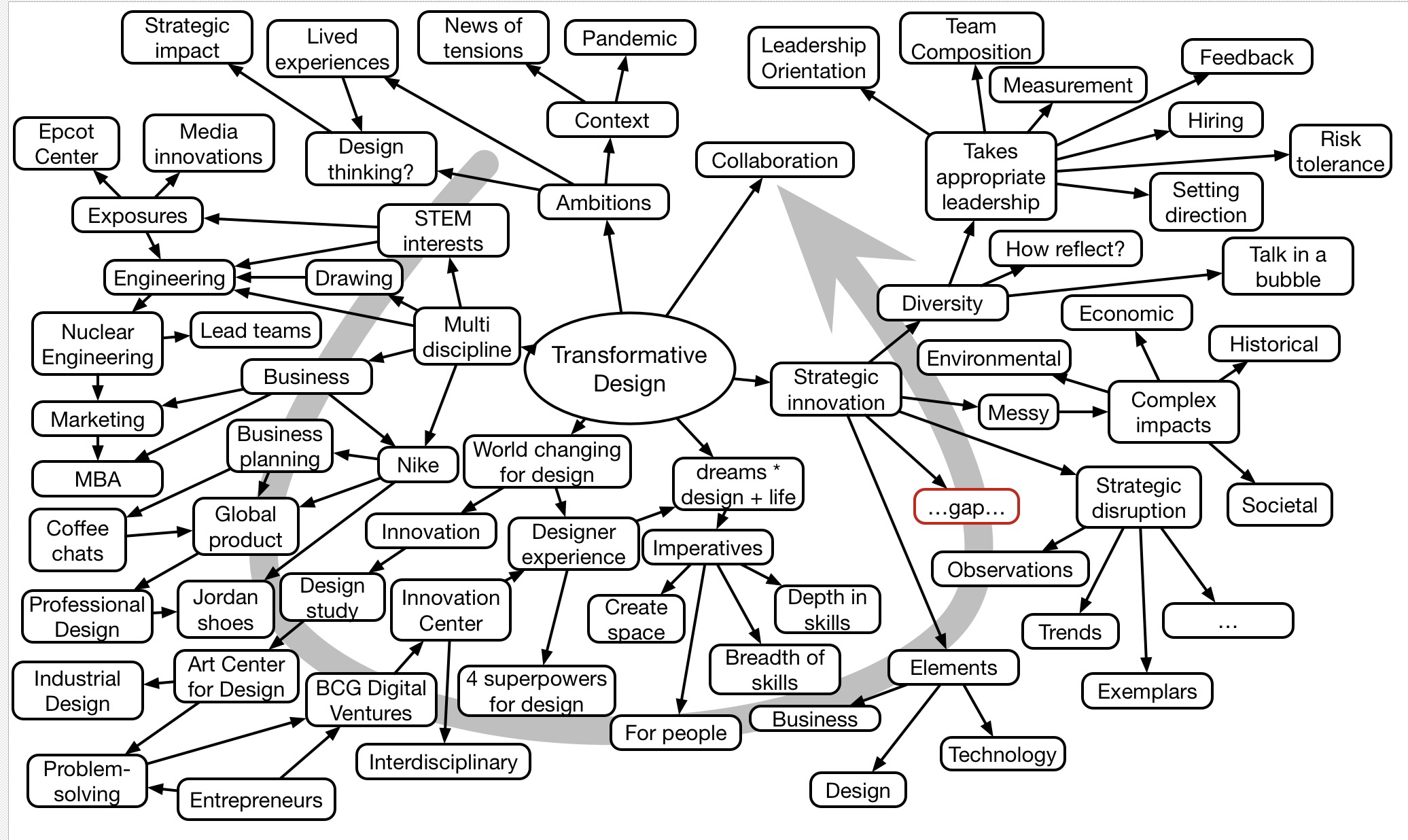Kevin Bethune kicked off the 2022 DevLearn conference with a personal story about getting to delivering strategic innovation. Talking about interdisciplinary work that has an impact, he ended up laying out factors in leadership to support innovation. (Apologies, I had to take a brief break, so I missed a small bit. Sorry.)



